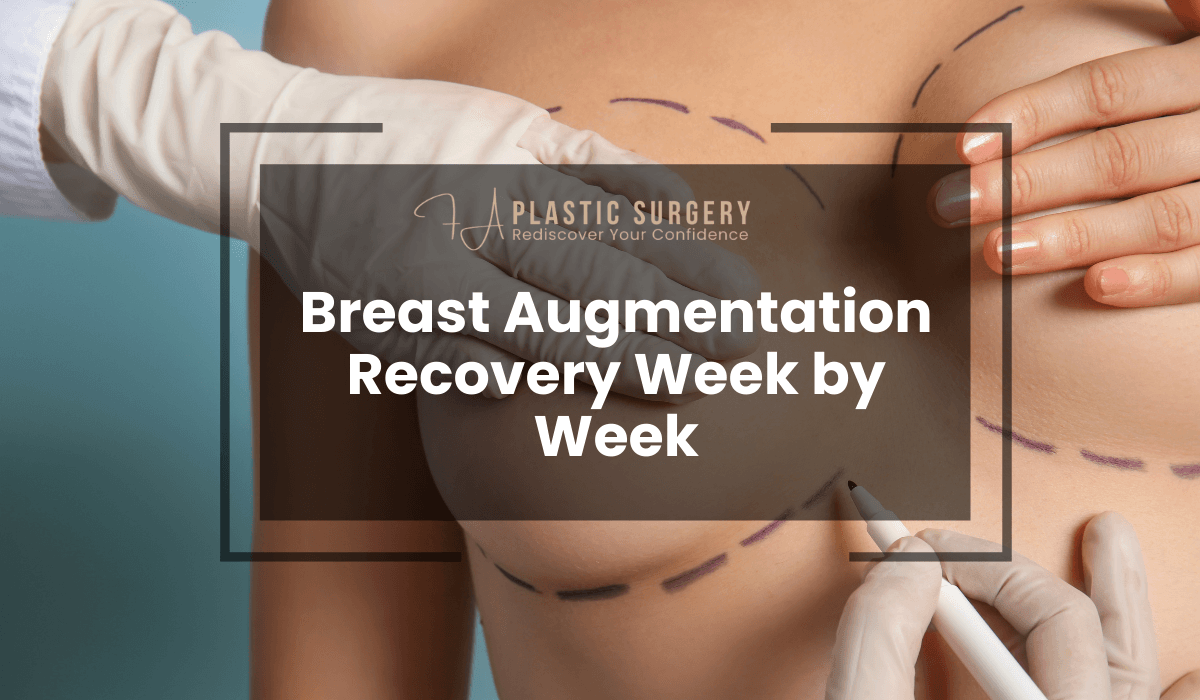Table of Contents
Overview of Breast Augmentation Recovery Timeline
Breast augmentation is a transformative procedure that can boost confidence and enhance appearance. However, recovery plays a critical role in achieving the best results. Understanding the recovery timeline helps patients set realistic expectations and ensures they follow appropriate post-operative care instructions.
The recovery process typically spans several weeks, with distinct phases marking progress. The first few days are often the most challenging, characterized by discomfort, swelling, and limited mobility. By the second week, many patients notice improvements as pain subsides and healing progresses. Weeks three to six mark significant milestones in adjusting to your new routine and resuming daily activities.
Each patient’s experience may vary depending on factors such as their overall health, adherence to aftercare guidelines, and the complexity of the surgery. While this guide provides an overview of what to expect during each stage of recovery, it is essential to maintain open communication with your surgeon for personalized advice tailored to your needs.
What to Expect in the First 24-48 Hours After Surgery
The first 24-48 hours following breast augmentation surgery are crucial for initiating recovery. During this period, patients typically experience grogginess due to anesthesia effects and varying levels of discomfort or tightness in the chest area. It is normal to feel fatigued as your body begins its healing process.
Your surgeon will provide specific instructions for managing pain and caring for your incisions. Pain relief medication prescribed by your doctor can help alleviate discomfort during this time. Keeping your upper body elevated while resting can also minimize swelling and promote circulation.
It is important to have someone assist you at home during these initial days since you may have limited mobility. Activities like lifting heavy objects or raising your arms above shoulder level should be avoided entirely to prevent strain on surgical sites.
Navigating the Hardest Days After Breast Augmentation
The first three days post-surgery are often described as the hardest part of recovery due to discomfort levels peaking during this period. Swelling around the breasts may intensify, accompanied by bruising or sensitivity near incision areas.
To navigate these challenges effectively:
- Follow Medication Schedules: Take prescribed medications as instructed by your surgeon without skipping doses.
- Prioritize Rest: Allow your body ample time for rest while avoiding strenuous movements that could disrupt healing.
- Stay Hydrated: Drinking water supports tissue repair while flushing out toxins from anesthesia or medications used during surgery.
If you notice severe pain unrelieved by medication or unusual symptoms such as fever or excessive bleeding, contact your surgeon immediately for guidance.
Week 1: Managing Pain, Swelling, and Initial Healing
The first week marks an essential phase in breast augmentation recovery where visible signs of healing become apparent despite ongoing discomforts like soreness around incision areas or tightness within chest muscles caused by implant placement adjustments internally made during procedures performed earlier last week itself so far already done successfully completed overall progress steadily moving forward positively altogether eventually leading towards better outcomes ahead soon enough hopefully expectedly achieved desired goals reached ultimately fulfilled satisfactorily conclusively finalized thereafter finally accomplished end result attained altogether conclusively finalized thereafter finally accomplished end result attained altogether conclusively finalized thereafter
Frequently Asked Questions About Breast Augmentation Recovery
1. How long does it take to recover from breast augmentation surgery?
The recovery timeline varies for each patient, but most individuals experience significant improvements within 3-6 weeks. The first week is typically the most challenging, with discomfort and swelling gradually decreasing over time. Full recovery may take several months, depending on your body’s healing process and adherence to aftercare instructions.
2. What can I do to reduce pain and swelling during recovery?
Pain and swelling can be managed by following your surgeon’s advice, taking prescribed medications as directed, keeping your upper body elevated while resting, and using cold compresses if recommended. Avoiding strenuous activities and wearing a supportive post-surgical bra can also help alleviate discomfort.
3. When can I return to work or daily activities after breast augmentation?
Most patients can return to light desk jobs within a week of surgery, provided they avoid heavy lifting or strenuous activity. Resuming normal daily routines typically occurs between weeks three and six, though this depends on individual healing progress. Always consult your surgeon before increasing activity levels.
4. Are there any signs I should watch out for during recovery?
While mild discomfort, bruising, and swelling are normal, you should contact your surgeon immediately if you experience severe pain unrelieved by medication, fever, excessive bleeding, or signs of infection such as redness or unusual discharge around the incision sites.
5. How soon after surgery can I sleep on my side or stomach?
Sleeping on your back with your upper body elevated is generally recommended for at least the first few weeks after surgery to minimize strain on the breasts and promote proper healing. Side or stomach sleeping may be possible after clearance from your surgeon, which usually occurs around six weeks post-surgery.
Boob Job in Hertfordshire: Your Guide to Breast Augmentation

